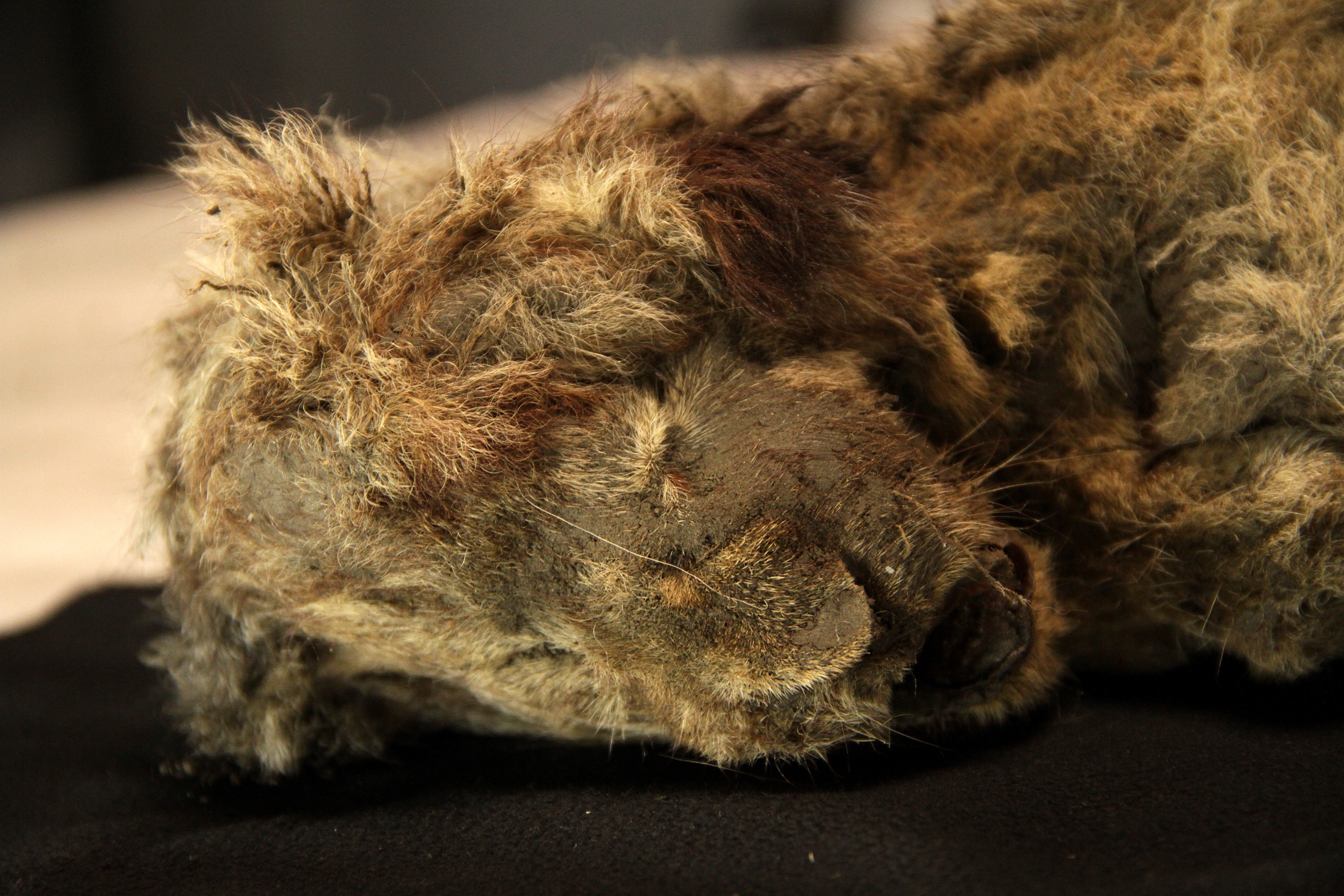Preserved ice age lion cubs found in ’near-perfect condition’ in Siberia
The older mummified big cat, dubbed ‘Boris’, is estimated to be more than 43,000 years old

Your support helps us to tell the story
From reproductive rights to climate change to Big Tech, The Independent is on the ground when the story is developing. Whether it's investigating the financials of Elon Musk's pro-Trump PAC or producing our latest documentary, 'The A Word', which shines a light on the American women fighting for reproductive rights, we know how important it is to parse out the facts from the messaging.
At such a critical moment in US history, we need reporters on the ground. Your donation allows us to keep sending journalists to speak to both sides of the story.
The Independent is trusted by Americans across the entire political spectrum. And unlike many other quality news outlets, we choose not to lock Americans out of our reporting and analysis with paywalls. We believe quality journalism should be available to everyone, paid for by those who can afford it.
Your support makes all the difference.A pair of Ice Age lion cubs discovered in Siberia dating back tens of thousands of years to the Upper Paleolithic, are thought to be some of the best-preserved specimens ever found, researchers say.
The cubs, the size of house cats and dubbed Boris and Sparta, were unearthed in 2017 and 2018 by mammoth tusk hunters in the Semyuelyakh River, Yakutia, in what is now eastern Russia.
Both are believed to have been about a month or two old when they died, according to a study by an international team of scientists, published in the journal Quaternary.
Boris, the older and less intact of the pair, is estimated to be around 43,448 years old with a greyish, yellowish fur coat.
The younger, Sparta, is thought to be around 27,962 years old and described as being in “near-perfect condition”, with a greyish to light brown fur.
Love Dalén, a member of the research team, told CNN: “Sparta is probably the best preserved Ice Age animal ever found, and is more or less undamaged apart from the fur being a bit ruffled. She even had the whiskers preserved.
“Boris is a bit more damaged, but still pretty good.”
Only four Ice Age lion cubs have been ever been discovered, the study says. All were unearthed from the melting permafrost in Russia’s extreme northern region, in the river basin of the Indigirka River.
The cause of their deaths is not known but the researchers believe they most likely died in their den, under the snow or earth, perhaps following a landslide.
“Given their preservation they must have been buried very quickly. So maybe they died in a mudslide, or fell into a crack in the permafrost,” Dalen continued. “Permafrost forms large cracks due to seasonal thawing and freezing.”
Similar major discoveries have been made in Russia’s vast Siberian region in recent years. The earth in Yakutia is typically frozen all year round, but climate change means previously frozen soils are increasingly easy to explore, giving rise to a large mammoth-tusk hunting industry, from which an increasing number of paleontological finds have been made, including mammoths, woolly rhinos and Ice Age foal. In September 2020, a well-preserved carcass of a bear was discovered in the Lyakhovsky Islands in north-eastern Russia.
A month earlier, the carcass of a woolly mammoth dating back some 20,000 to 50,000 years, was found with many of its internal organs still intact.
Join our commenting forum
Join thought-provoking conversations, follow other Independent readers and see their replies
0Comments